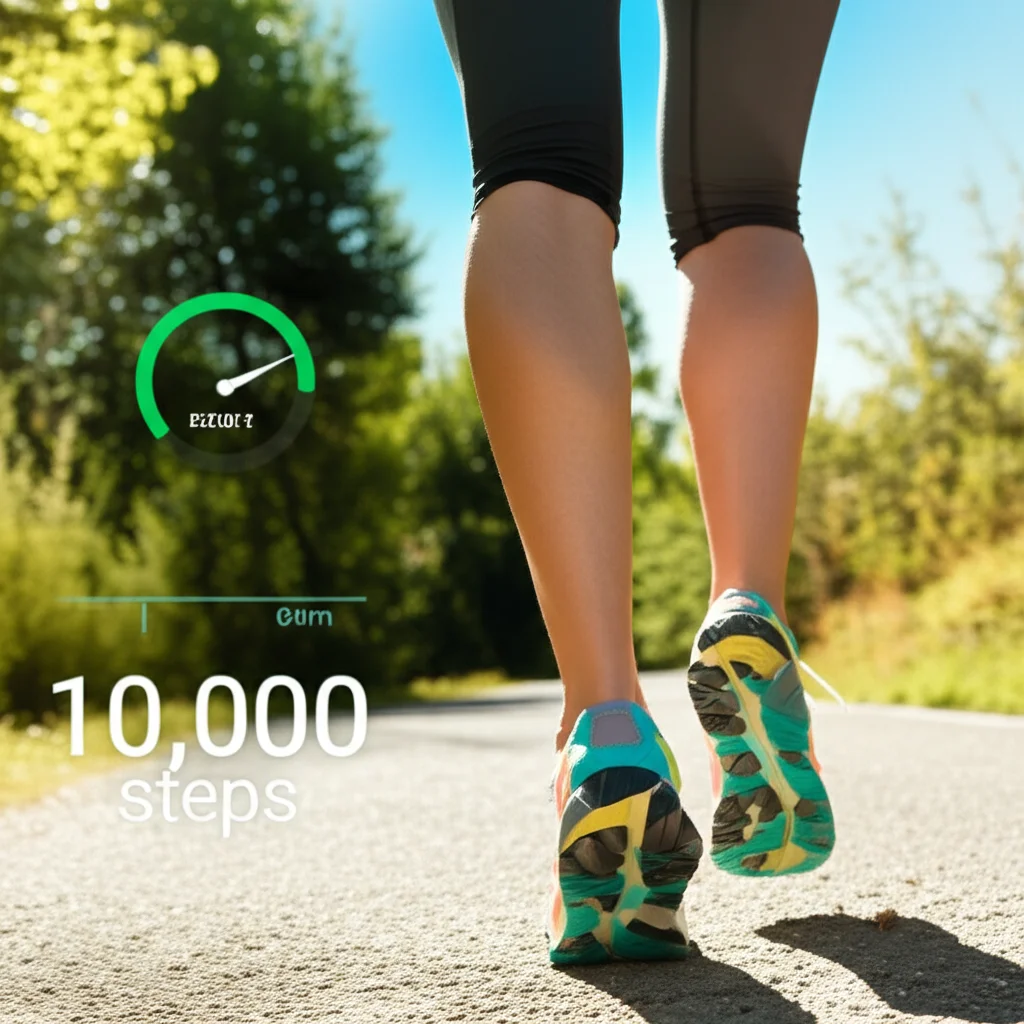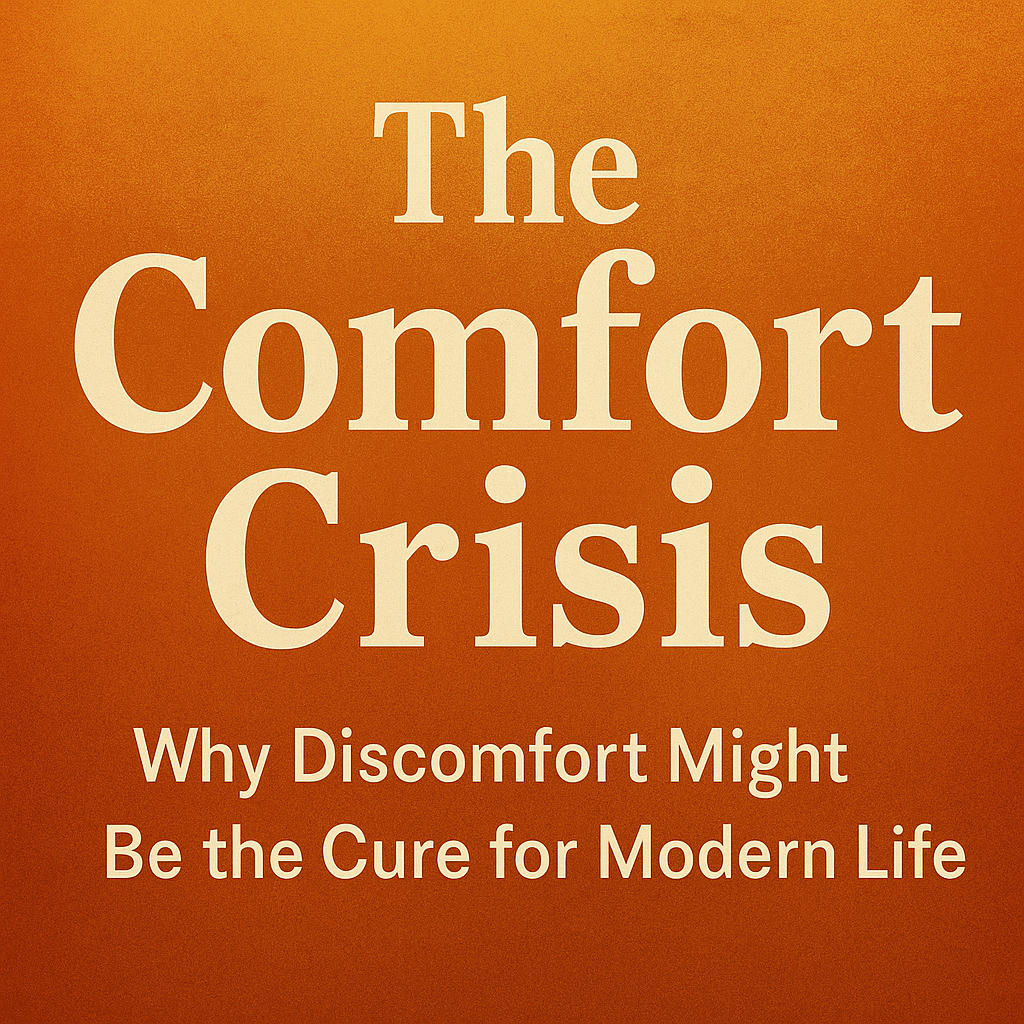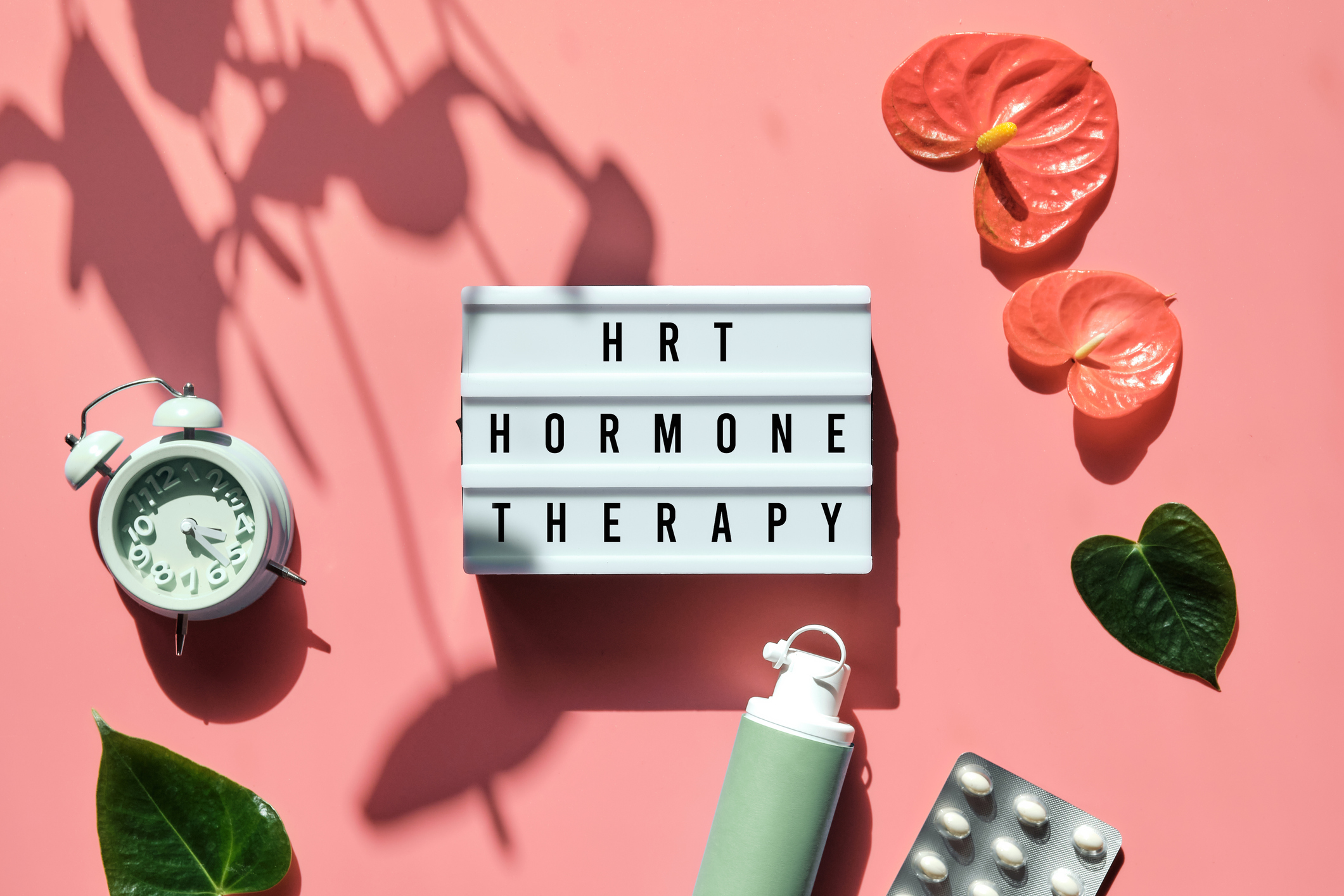Shockwave therapy has become a popular noninvasive treatment in aesthetics. This therapy uses high-energy sound waves to stimulate the body’s natural healing process and promote tissue regeneration.
While shockwave therapy was initially used to treat musculoskeletal conditions, its effectiveness in treating various aesthetic concerns has been gaining attention in recent years.
One of the most common aesthetic uses of shockwave therapy is for cellulite reduction. Cellulite is a common concern for many individuals, and shockwave therapy has been found to be effective in reducing the appearance of cellulite by breaking down fat cells and stimulating collagen production.
Additionally, shockwave therapy has been used to treat stretch marks, acne scars, and even hair loss. The therapy works by promoting blood flow and oxygenation to the treated area, stimulating the body’s natural healing process.
Fundamentals of Shockwave Therapy for Aesthetics
Mechanisms of Action
Shockwave therapy for aesthetics involves using high-energy sound waves to stimulate collagen production, increase blood flow, and break up fat cells.
The shockwaves are delivered to the targeted area using a handheld device that emits acoustic waves. The waves penetrate the skin and underlying tissues, causing microtrauma that triggers the body’s natural healing response.
Types of Shockwave Devices
There are two main types of shockwave devices used in aesthetic treatments: radial and focused.
Radial shockwave devices emit low-energy shockwaves that spread out in all directions, making them ideal for treating larger areas of the body.
Meanwhile, focused shockwave devices emit high-energy shockwaves that are concentrated in a specific area, making them ideal for targeting smaller, more precise areas.
Treatment Protocols
Shockwave therapy for aesthetics is typically performed as a series of treatments, with each session lasting between 20-30 minutes.
The number of treatments required will depend on the individual’s goals and the area being treated. Most patients will require between 3-6 treatments, spaced 1-2 weeks apart.
During the treatment, the patient may experience some discomfort or mild pain, but this is usually temporary and subsides quickly.
After the treatment, patients may experience redness, swelling, or bruising, but these side effects are also temporary and typically resolve within a few days.
Clinical Applications and Results
Skin Rejuvenation
Shockwave therapy has been shown to be effective in skin rejuvenation by stimulating collagen synthesis and improving skin elasticity. This non-invasive treatment is suitable for individuals with fine lines, wrinkles, and dull skin.
A study conducted on 20 female patients showed that shockwave therapy significantly improved skin texture and reduced wrinkles after six sessions.
Cellulite Reduction
Cellulite is a common aesthetic concern among women and can be difficult to treat. Shockwave therapy has been found to be effective in reducing the appearance of cellulite by breaking down fat cells and increasing blood flow to the affected area.
A study conducted on 50 female patients showed a significant reduction in cellulite after six sessions of shockwave therapy.
Body Contouring
Shockwave therapy can also be used for body contouring by reducing fat and improving muscle tone. This treatment is suitable for individuals who have localized fat deposits and want to achieve a more sculpted appearance.
A study conducted on 30 female patients showed a significant reduction in waist circumference and improved muscle tone after six sessions of shockwave therapy.
Scar and Stretch Mark Improvement
Shockwave therapy has been found to be effective in improving the appearance of scars and stretch marks. It does this by stimulating collagen synthesis and improving skin elasticity. This treatment is suitable for individuals who have scars or stretch marks that have not responded to other treatments.
A study conducted on 25 female patients showed a significant improvement in the appearance of scars and stretch marks after six sessions of shockwave therapy.
Shockwave therapy is a safe and effective non-invasive treatment for a variety of aesthetic concerns. Clinical studies have shown that this treatment can improve skin texture, reduce cellulite, contour the body, and improve the appearance of scars and stretch marks.














Leave a Reply